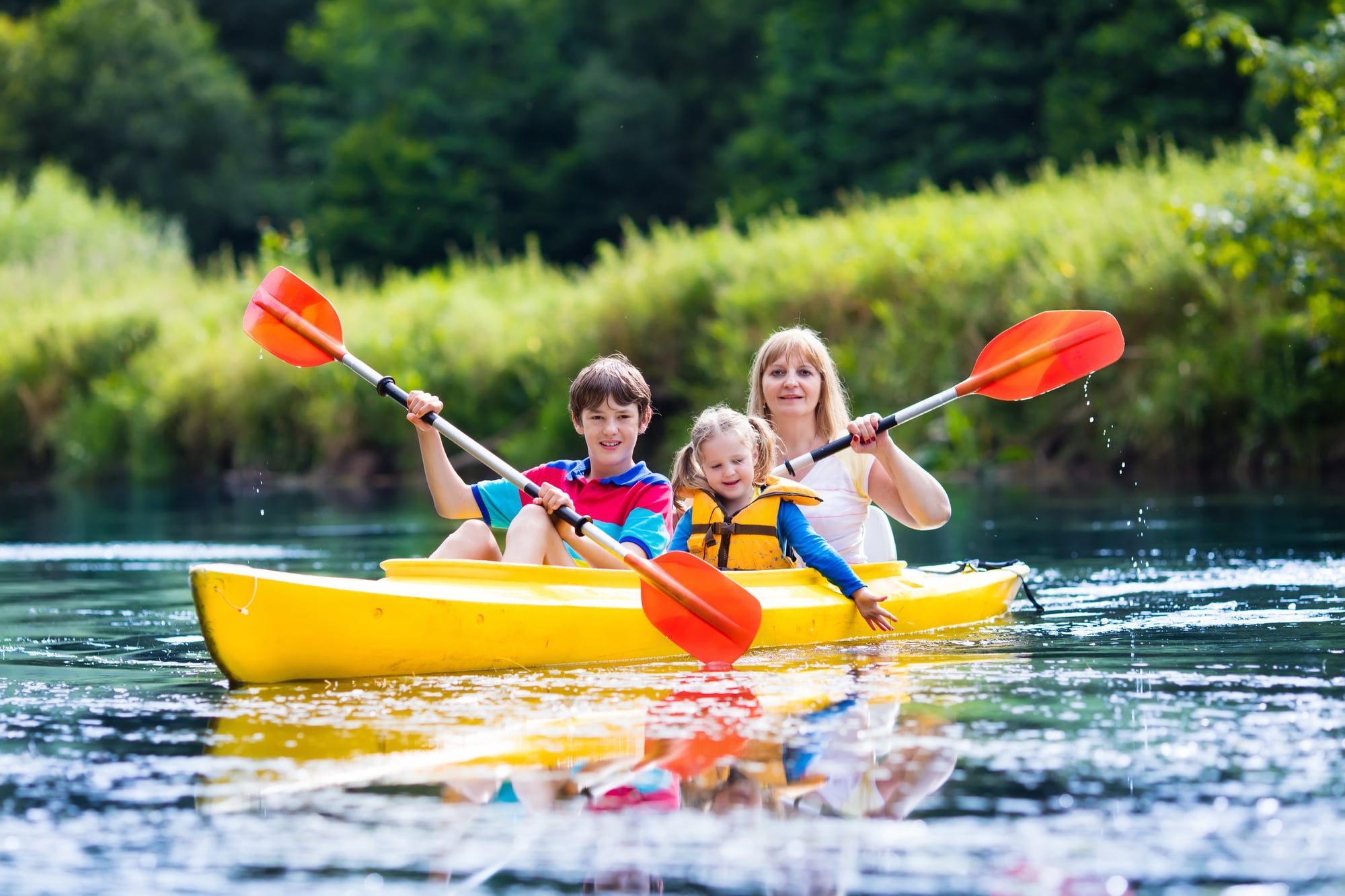Summer may be over, but injuries from outdoor play know no season.
Kayak safety is necessary to heed, especially because adding water to anything can cause all sorts of unexpected obstacles to arise.
Kayak Safety Tips
Kayaking often makes the list as a very dangerous water sport, with the possibility of capsizing, getting exhausted, or traveling in fast-flowing rapids.
Dress the Part
People often think that because they likely won’t be in the water when kayaking, they can wear whatever clothes they want. If you’re paddling in very cold water, you’re going to want to wear thermal layers of clothing to not only protect against the cold, but also to make sure that you don’t catch hypothermia if you happen to fall into the water.
A lifejacket must be worn at all times. People tend to take their jackets off because they feel uncomfortable. A life jacket, unsurprisingly, can save your life in case of emergency, so it’s essential in keeping you protected.
Location, Location, Location
If you’re just starting out kayaking, you don’t want to travel too far from shore in case you need to return due to a strong current. If you want to kayak in the ocean, you should take a kayaking sea course before considering paddling out there by yourself.
A good rule of thumb is not to travel too far out from where you could easily swim back. If your kayak fails you, then you can still return safely. Choose an area that is well protected from the wind and waves if possible.
Re-Entry
Boarding your kayak from the land may be old hat for you, and a relatively simple task in general. But entering the kayak from the water after accidentally capsizing or falling out may prove more of a challenge.
In a calm area, practice re-entering your kayak from the water. Sit-on-top kayaks are easier to board than sit-inside kayaks, so if you have the choice, a sit-on-top kayak may put you more at ease.
Get in Gear
You can never be too prepared. This kayaking checklist can help you to know exactly what to bring along in the extra space in your kayak.
A dry bag, whistle, headlamp, and two-way radio are all helpful when it comes to exploring new places in your kayak. A paddle float, paddle line, and paddle leash all assist in keeping you extra secure.
In Case of an Accident
Unfortunately, it’s not always possible to follow the kayak safety rules, and accidents happen. That’s when you’ve got to go into urgent care, and possibly get an x-ray for whatever incident occurred.
It’s also not uncommon to sprain or fracture a wrist by improperly kayaking in areas that aren’t suited to your skill level. If this does happen to you, make sure you know exactly what urgent care facilities are nearby that can effectively treat your injuries.

